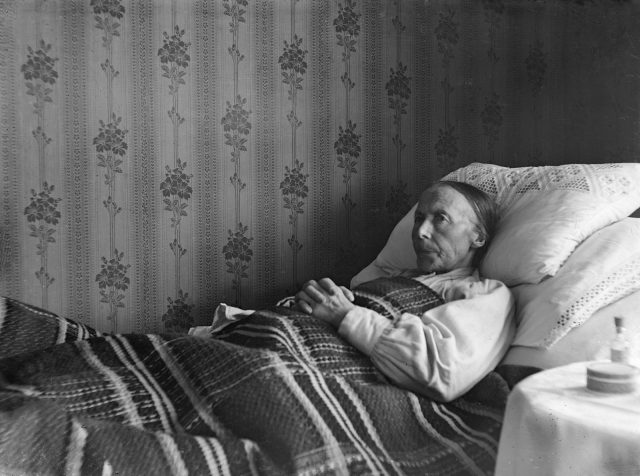
Nursing home care is meant to provide safety and comfort for residents who need assistance with daily living. Unfortunately, when proper care is not given, residents may develop painful bedsores. These injuries form when pressure cuts off blood flow to the skin and tissue. They are common among individuals who spend long periods of time in one position. The seriousness of these injuries depends on how quickly they are identified and treated. Families often need to understand the stages of bed sore injury in order to recognize neglect and protect their loved ones. When learning about these injuries, it helps to break down how they progress. Each stage has unique signs and risks that affect the well-being of nursing home residents.
Stage One: Early Warning Signs
The first stage of a bedsore is the easiest to miss. The skin may look red or feel warmer than the surrounding area. Residents might complain of itching or pain even though the skin is not broken. At this point, the tissue beneath the skin is still healthy. Quick action from caregivers can stop the injury from advancing. Without attention, however, the sore may progress to deeper layers.
Stage Two: Skin Damage Becomes Visible
In the second stage, the top layer of skin breaks open. This may look like a scrape, blister, or shallow wound. The area is tender and painful, and residents may have trouble moving because of discomfort. The risk of infection becomes higher as the protective barrier of skin is lost. Treatment at this stage requires cleaning the wound and removing pressure from the affected area. If ignored, the damage can spread rapidly.
Stage Three: Deeper Tissue Injury
By stage three, the sore has reached the fat layer beneath the skin. The wound appears deeper and may look like a crater. Infection risk grows as bacteria can enter more easily. Healing at this stage takes much longer and often requires medical attention. Nursing home staff must provide careful wound care and ensure residents are not left in the same position for long periods. Families should be aware that stage three bedsores are considered serious and should not be dismissed as minor.
Stage Four: Severe and Life Threatening
The final stage of a bedsore is the most dangerous. At this point, the wound extends into muscle and sometimes even bone. The risk of severe infection is high and complications can be life threatening. Stage four sores are extremely painful and often require hospitalization or surgical treatment. This level of injury is usually the result of prolonged neglect. Residents who develop stage four sores are often unable to recover fully, which makes early prevention critical.
Why Early Detection Matters
Recognizing bedsores in their earliest stages can prevent long-term damage. Caregivers and nursing staff should pay close attention to changes in skin color, texture, or temperature. Families who visit loved ones regularly can also help by noting any unusual signs and alerting staff immediately. Preventing pressure ulcers involves repositioning residents, providing proper nutrition, and ensuring clean bedding and clothing. Consistent care is the best way to avoid the pain and complications linked to these injuries.
Bedsores can progress from minor skin irritation to severe injuries that threaten health and quality of life. Understanding the four stages helps families and caregivers know when immediate care is needed. Each stage tells a story of how long the pressure has been left untreated and how much damage has been done. No resident should suffer from an injury that is preventable with proper care. By knowing the signs and acting quickly, families can make sure their loved ones receive the attention they deserve. Nursing homes must remain accountable for preventing these injuries and protecting those who rely on them most.










